ATACMS missile system in the USA and abroad
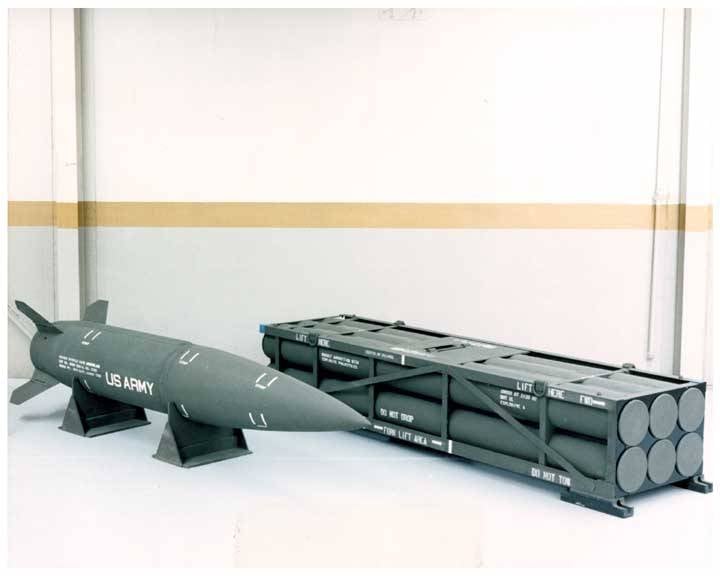
Rocket MGM-140 and container with unguided shells
In 1991, the latest operational-tactical missile system ATACMS, made on the basis of serial multiple launch rocket systems, entered service with the ground forces and the US Marine Corps. Later this complex was supplied to foreign countries. The list of its new operators is still growing, and the first one is already planning to abandon it.
Rocket launcher
OTRK Army Tactical Missile System (ATACMS) was developed in the eighties as a replacement for existing systems of its class. By the end of the decade, all the necessary tests were carried out, after which the finished complex entered service with the ground forces and the ILC. Shortly thereafter, ATACMS was used for the first time to attack real targets - they were used to hit Iraqi targets during Desert Storm.
The main idea of the ATACMS project was to create a rocket with the required characteristics, suitable for launching the M270 MLRS multiple launch rocket system. Subsequently, the missiles of the complex were introduced into the ammunition of the new M142 HIMARS launchers. The larger and heavier tracked M270 is capable of carrying two containers of ATACMS missiles, while the wheeled M142 only holds one.
The first part of the OTRK was the M39 or MGM-140A missile with a firing range of 130 km, an inertial guidance system and a cluster warhead with 950 M74 fragmentation ammunition. In the future, the rocket was refined and improved. So, the updated modification of the M39A1 / MGM-140B received a combined inertial and satellite guidance and a reduced cluster warhead with 275 elements. Due to this, the range was increased to 165 km.
At the beginning of the 168s, an MGM-57 or M18 rocket was created with a WDU-227 / B monoblock warhead weighing 300 kg and a new engine, due to which a range of 140 km is achieved. The guidance equipment as a whole repeated the components of the MGM-XNUMXB rocket.
The complex is in service
The first customer of OTRK ATACMS was the Pentagon. Until the mid-140s, he regularly ordered MGM-168/XNUMX missiles in varying quantities. For their use, the necessary modernization of the combat MLRS was gradually carried out. Such measures made it possible to create a large and powerful group of missile systems capable of solving all characteristic tasks.
Currently, the US military has 225 M270 combat vehicles and over 400 newer M142 combat vehicles. A large stock of missiles of all serial modifications has been created. It is curious that for a long time only the United States had the newest MGM-168 missiles in service.
Until recently, ATACMS complexes were in service with five more foreign countries. The most powerful grouping of such funds was created by South Korea. Its ground forces have 58 M270 and M270A1 combat vehicles, and also have a solid stock of MGM-140A type tactical missiles.
Greece has a smaller M270 fleet and ATACMS arsenal. Her army has 36 combat vehicles; only MGM-140A missiles are in service. 32 self-propelled launchers are registered with the UAE ground forces. Unlike other countries, the Emirates purchased MGM-140 missiles of both production versions.
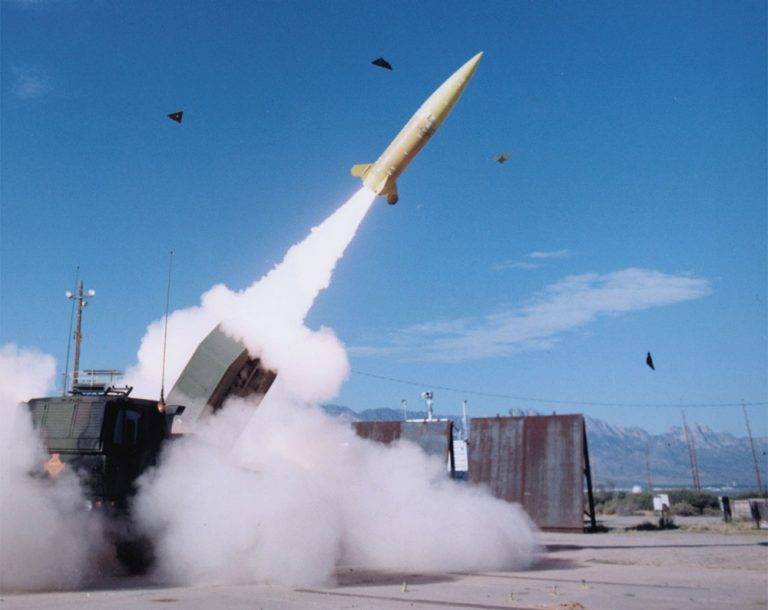
The smallest groupings of missile systems have been created in the armies of Turkey and Bahrain. These countries have 12 and 9 M270 launchers, respectively. The stocks of MGM-140A missiles, according to various sources, do not exceed several dozen. It is curious that Bahrain, until recently, was the last customer of such OTRK - its order was placed only in 2019.
Attempts to update
It is curious that the US armed forces continue to operate ATACMS missiles, but have not replenished their arsenals for a long time. Back in 2007, it was decided to stop purchasing new missiles due to the accumulation of large stocks and unacceptable growth in cost. At the same time, the ATACMS LEP Life Extension Program was launched.
The new plans proposed in the future to do only with the accumulated stocks of missiles. As the storage periods expired, the old MGM-140 missiles had to undergo repair and modernization. By replacing the controls, engine, warhead and other key components, they had to be brought to conformity with the MGM-168 project. A complete renewal of the arsenals was to take place at the turn of the tenth and twenties.
In 2016, the Pentagon launched a new project to modernize the MGM-168 missiles. It was proposed to develop a fundamentally new set of controls with a full-fledged homing head capable of detecting and tracking a target. An ATACMS missile with a seeker could effectively attack not only stationary, but also moving objects - ground and surface.

The result of the use of the warhead WDU-18 / B
Work on such modernization continued until recently. In December 2020, this project was closed due to limited prospects. Having analyzed the available opportunities and the projects being developed, the US Army decided to focus on completely new projects with obvious advantages.
According to current plans, the operation of the ATACMS OTRK in the American army will continue for several more years, until the stock of missiles is used up and / or until the expiration of the newly assigned storage periods. By 2023, a new complex will be brought to a state of initial readiness based on existing launchers and a promising PrSM rocket. In the first modifications, such a missile will attack stationary targets at ranges of up to 500 km; in the future, the introduction of the GOS and an increase in the firing range are expected. In the distant future, such OTRKs will allow the United States to completely abandon the outdated ATACMS.
New orders
A number of foreign countries do not share the US opinion on the prospects of ATACMS OTRK, which results in new supply contracts. So, in 2011, Finland ordered Lockheed Martin to modernize its M270 MLRS and supply a large amount of ammunition, incl. operational-tactical missiles. In 2014, the terms of the agreement were renegotiated - ATACMS products were discontinued due to excessive cost and observable obsolescence. Other missiles began to be delivered back in 2015, and in the near future more shipments will be handed over to Finland. weapons.
In 2017-18. The United States and Romania have determined the terms of delivery of new missile weapons. The Romanian army wants to receive three divisions of M142 HIMARS vehicles (54 units) and a large number of missiles of various types, including 54 MGM-168 products. The first batch of these products arrived in Romania at the very beginning of March. In the near future, acceptance tests will take place, according to the results of which the M142 and ATACMS will be adopted by the Romanian army.
Similar supplies of weapons and equipment to Poland will begin soon. Its army will receive 20 M142 launchers, 30 containers of M57 missiles, as well as several dozen containers of unguided ammunition.
Ambiguous future
On the whole, a rather interesting situation is developing. After 30 years of successful operation, the United States plans to gradually disable its ATACMS operational-tactical missile systems and replace them with new products with higher characteristics. In parallel, such OTRKs with old-model missiles are used by third countries - and they are not going to abandon them. Moreover, new supply agreements are being concluded, and the circle of operators of obsolete complexes is only expanding.
The reasons for this are quite simple. The United States, occupying a leading position in the field of weapons and military equipment, can independently create new complexes with the desired characteristics, and then carry out rearmament. Third countries that do not have such competencies are forced to purchase imported products - incl. American production. At the same time, the new PrSM complex is not yet ready to replace ATACMS, and they have to purchase old types of missiles.
You can imagine how the situation will develop in the future. By 2023, the Pentagon plans to bring the first unit armed with M270 / M142 and PrSM to initial operational readiness. Then the rearmament of the American army will continue, and only after that the appearance of the first export contracts can be expected. When this will happen, and how popular the new OTRK will be among foreign countries, it is not known. However, it is obvious that ATACMS will be the main weapon of its class in several foreign armies for a long time to come.
- Ryabov Kirill
- US Army, Lockheed Martin
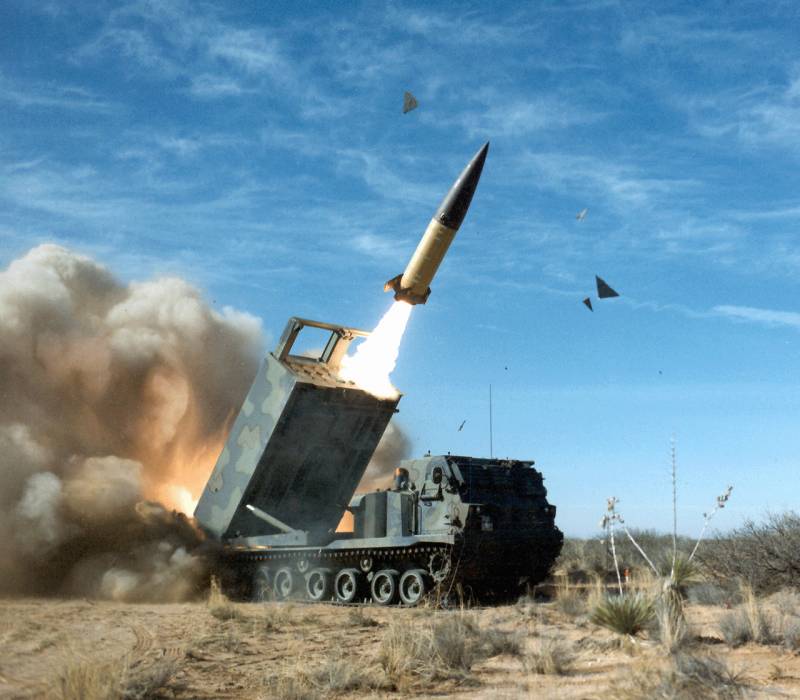
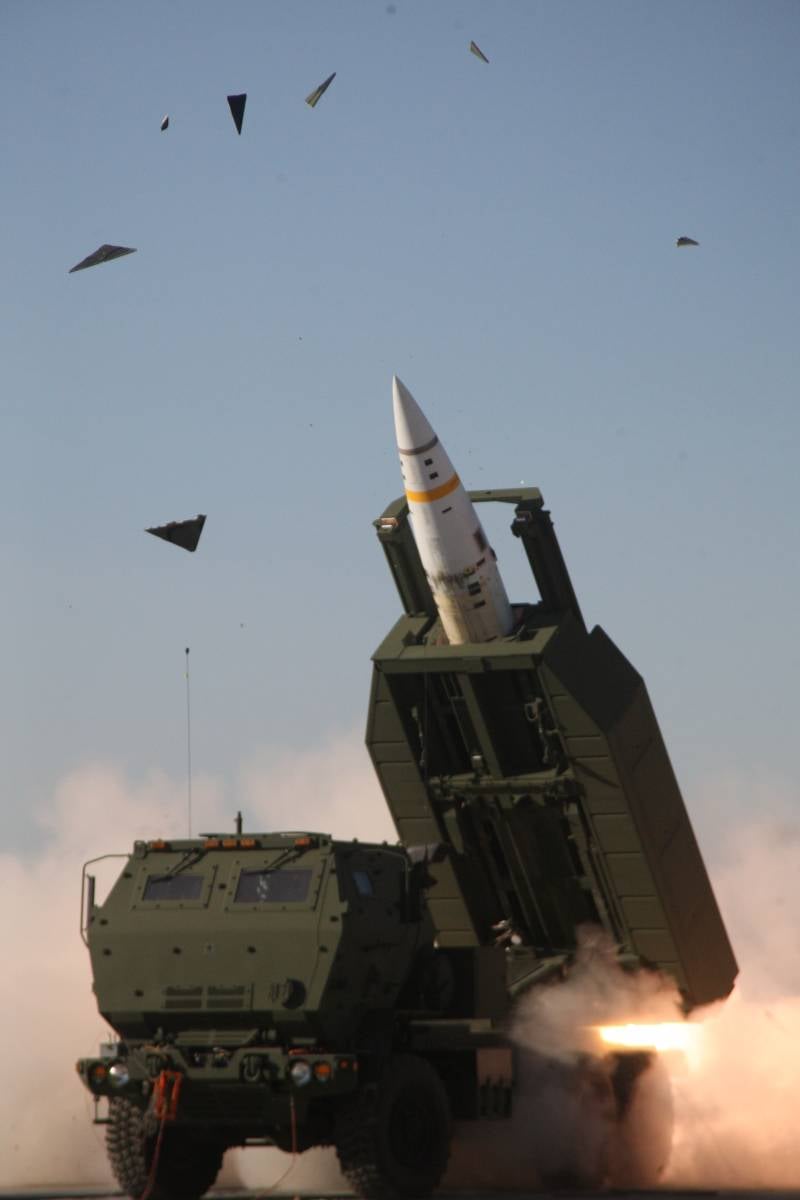
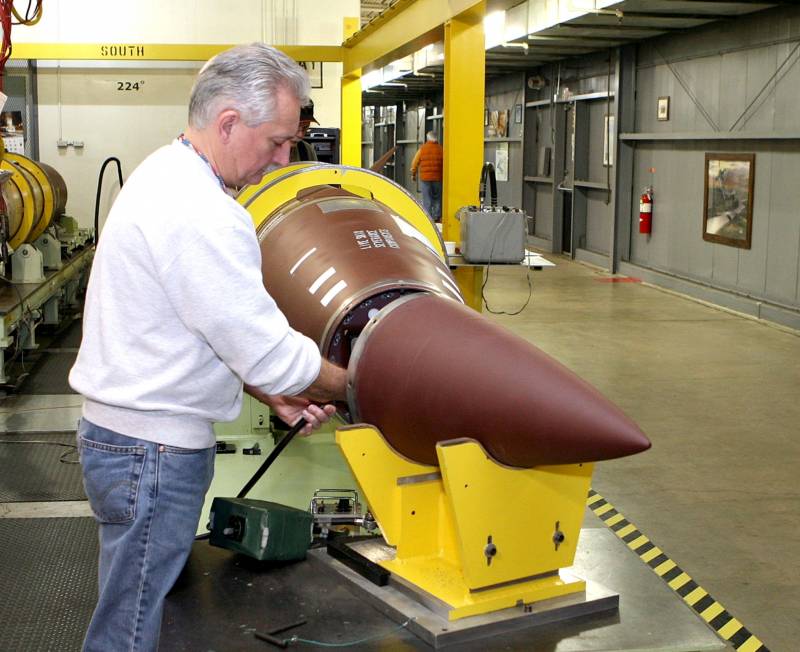

Information